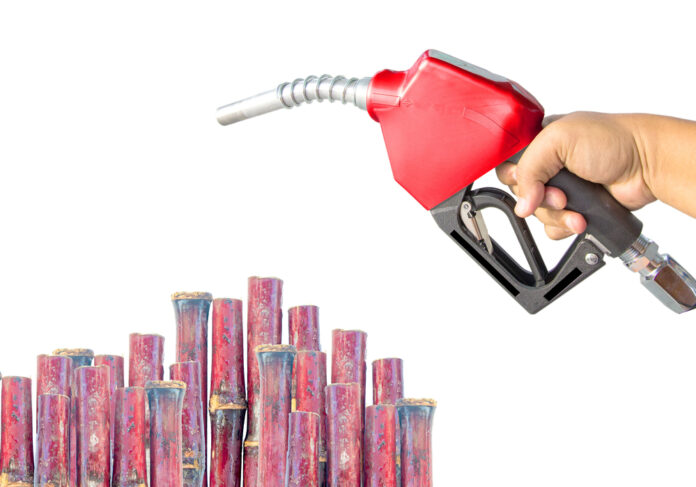The Department of Energy (DOE) on Tuesday said an adjustment in the biofuels mix is in the works as part of broad efforts to temper high fuel prices.
DOE Secretary Raphael Lotilla said producers have volunteered to raise the 10 percent ethanol blend (E10) in gasoline to 20 percent (E20) even as the 2 percent (B2) coco methyl ester (CME) mix in diesel is ordered higher to 3 percent (B3).
Lotilla, in briefing reporters at the Presidential Communications Office, said the voluntary raising to E20 is a price mitigation measure because ethanol is cheaper than gasoline.
At E20, this redounds to a per liter price differential of P1.28 up to P1.50 for gasoline.
Lotilla noted locally-produced ethanol is sold at P79.49 price per liter or more expensive than imported ethanol selling for only P41.84 per liter.
Locally produced ethanol can only manage E10 which makes the case for the importation of ethanol to lower the price at the fuel pumps through E20.
Lotilla said the mandatory B3 is feasible as local coconut production hits 15 billion nuts annually or enough feedstock for higher CME blend in diesel.
“An additional 1 percent blend only needs 2.6 billion nuts. The increase in the blend can also drive down the cost of CME because there will be a bigger market for it. Right now, we expect pure diesel to be at parity with the per liter price of CME,” Lotilla said.
This develops as Dean Lao Jr., president at Chemrez Technologies Inc., the country’s biggest producer of premium CME, said the adjustments have since been championed by the industry given its benefits to consumers.
“The feedstock is available and the capacities for making CME are enough to support the increase in mandate. We expect many benefits to come with a B3 mandate – mileage improvement, lower pollution, import substitution and value adding of coconut oil. These benefits will come at no practical cost to the government yet have extensive benefits to the country,” Lao said.
A United States Department of Agriculture report released in June said the country’s biofuels consumption is expected to recover this year as the economy expands.
According to the USDA, ethanol demand is forecast 7.6 percent higher to 693 million liters from last year’s 644 million liters even as biodiesel increases 13.9 percent to 230 million liters from 202 million liters last year.







